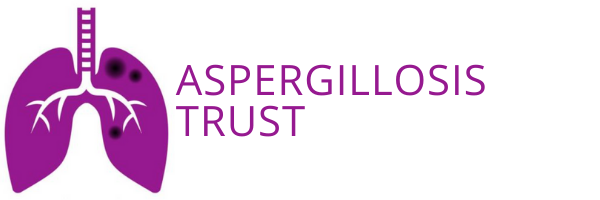Dr Aran Singanayagam - Breaking the mould in COPD
I am a clinical academic and consultant physician working at Imperial College London. I lead a research team studying mechanisms of infection in chronic lung disease and I also treat patients with these conditions in my clinic.
We are particularly interested in COPD, a chronic disabling lung condition that is strongly associated with smoking and is now the 3rd leading cause of death worldwide. Affected patients are prone to developing infections of the airway, both low-grade chronic infection (‘colonisation) or as a cause of acute disease ‘flare-ups’ (termed exacerbations). Our previous work has highlighted the role of bacteria and viruses as important players in this process. However, emerging evidence suggests that the lungs of even healthy individuals may contain a low level of ‘commensal’ fungal organisms (similar to what causes ‘mould’ to form on blue cheese). The contribution of these fungi to symptoms and exacerbations in COPD is poorly understood.
COPD is associated with defects in the immune system that may increase the risk of certain fungi proliferating in the airways and causing lung damage and exacerbations. Previous studies have demonstrated the importance of fungi in other chronic lung diseases such as cystic fibrosis but we know far less about their role in COPD. Within ongoing research projects, we are using highly sensitive techniques for identification of fungi present at even low levels in samples taken from patients with COPD and comparing what we find to samples from healthy control subjects. We are studying whether the daily fungal composition of the lungs when a patient is stable correlates with important clinical variables such as symptoms experienced and how often a patient suffers exacerbations. We are also determining if patients acquire new fungi or if existing fungi expand in numbers during disease exacerbations.
Our initial findings have been very interesting and we hope that, when completed, this research will provide a number of direct beneficial effects for patients living with the disease. Firstly, we will determine whether certain fungi are more common in the lungs of patients with COPD and whether the presence of fungi is related to important parameters including daily symptoms and how often a patient has exacerbations. We already have a number of anti-fungal therapies available in clinical practice that are used for other conditions and our study might provide rationale for a trial of these therapies in COPD. Secondly, although viruses and bacteria are implicated in some exacerbations, in many cases we are unsure about the trigger. It could be possible that expansion of existing fungi in the lungs and/or acquisition of new fungi from the environment could cause exacerbations. This might suggest that, in addition to using antibiotics to treat exacerbations, we could consider using anti-fungal therapy to improve outcomes and reduce mortality. Finally, our research may lead to development of new therapies that target fungal infections and/or enhance the ability of the immune system to more broadly fight infection in COPD.
